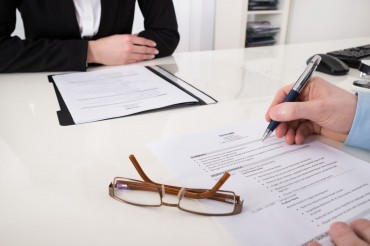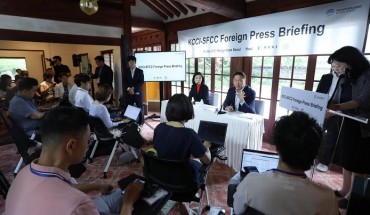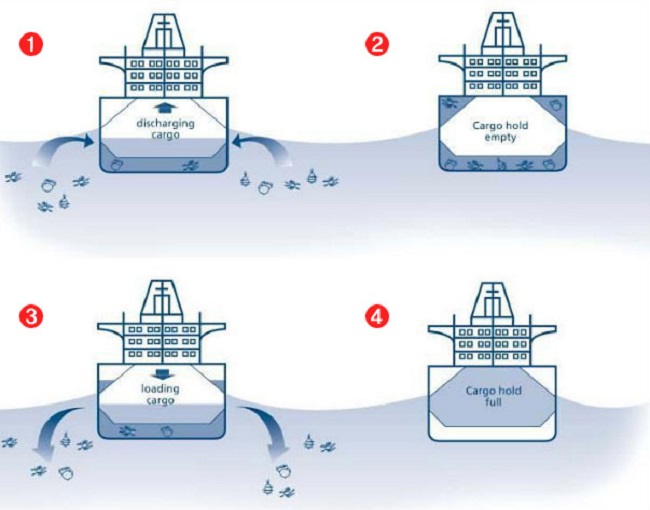
Hyundai Mipo Dockyard announced on February 8 that it has developed a ballast-free design for ships that will go a long way towards preserving diverse marine ecosystems. (Image: IMO)
SEOUL, Feb. 9 (Korea Bizwire) — Hyundai Mipo Dockyard announced on February 8 that it has developed a ballast-free design for ships that will go a long way towards preserving diverse marine ecosystems.
Ballast or ballast water refers to water pumped into tanks located in the ship’s hull to keep the vessel in balance. Ballast is typically taken on when the ship is at port when cargo is unloaded. Without the extra weight of cargo onboard, the draft (distance from the waterline to bottom of the hull) of the ship decreases, making it more vulnerable to instability. Ballast is discharged in proportion to the amount of cargo that is brought onboard.
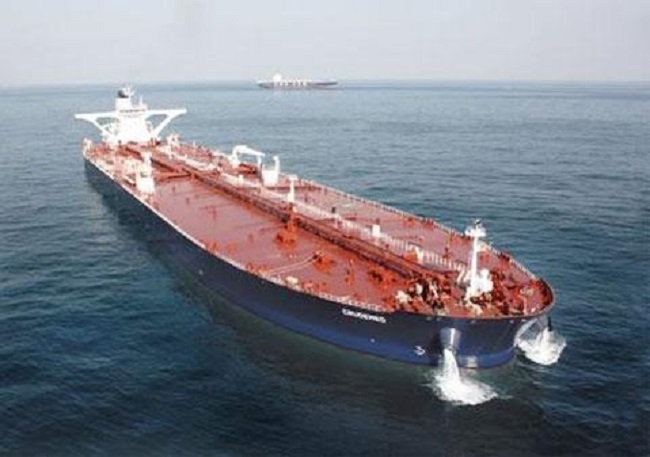
As ballast brings along with it a variety of microorganisms, plants and other entities that are later released into marine ecosystems sometimes thousands of kilometers away (essentially introducing a large mass of foreign agents into a new environment), this practice, though necessary, is considered to be environmentally harmful. (Image: Hyundai Heavy Industries)
As ballast brings along with it a variety of microorganisms, plants and other entities that are later released into marine ecosystems sometimes thousands of kilometers away (essentially introducing a large mass of foreign agents into a new environment), this practice, though necessary, is considered to be environmentally harmful.
Hyundai Mipo Dockyard’s solution has been to restructure the ship’s layout. By bringing the cabin — normally placed at the rear end of the vessel — forward, the stability of the ship is maintained as the stern and the bow are more equally balanced.
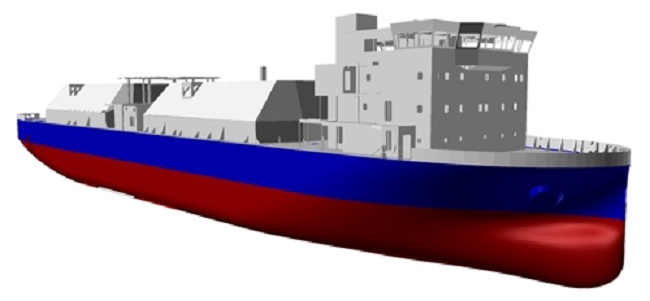
The South Korean shipbuilder said it will continue to carry out research so that its ballast free designs can be flawlessly incorporated into a wider range of seagoing vessels. (Image: Hyundai Mipo Dockyard)
The ballast-free ships also bring a host of other advantages, including lower manufacturing costs, increased cargo capacity and reduced energy usage.
This design scheme has already been implemented in the 7,500㎥ LNG bunkering vessel ordered by German company Bernhard Schulte that went into production late last year. Hyundai Mipo Dockyard is targeting a completion date of September.
The South Korean shipbuilder said it will continue to carry out research so that its ballast free designs can be flawlessly incorporated into a wider range of seagoing vessels.
S.B.W. (sbw266@koreabizwire.com)





